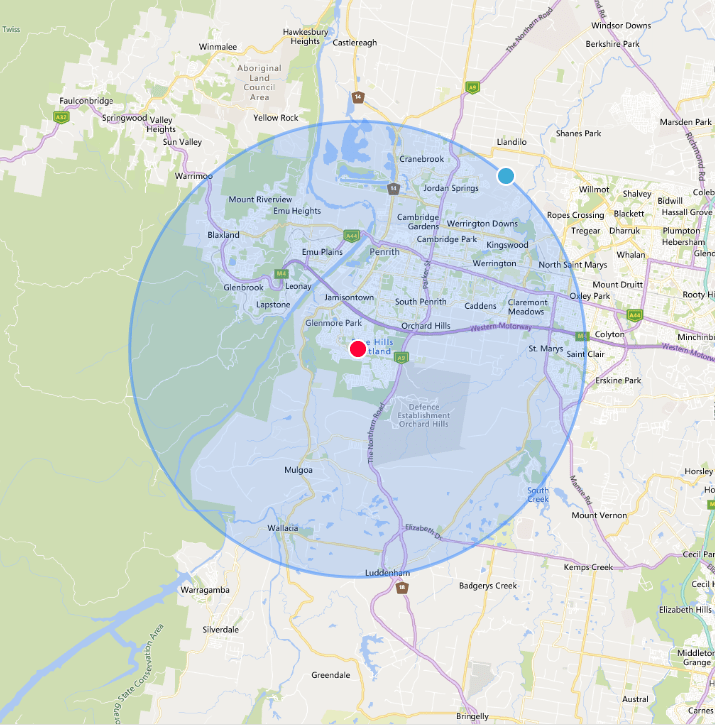Enhance Your Aquatic Ecosystem with Duckweed
Duckweed (Lemna minor) is the perfect addition to your aquarium, offering a myriad of benefits for your aquatic ecosystem. This small floating aquatic plant, commonly found in Australian ponds and lakes, is a game-changer for fish enthusiasts. Its versatility shines through as it provides a range of advantages for different species.
- Grazing Spots for Shrimp: Duckweed serves as a delightful grazing spot for shrimp, ensuring they have abundant food to thrive and flourish. Your shrimp will revel in the lush green canopy of duckweed, finding sustenance and a natural habitat that mimics their native environment.
- Ideal Cover for Fish: If you have fish species that prefer lower light conditions or seek shelter, duckweed offers excellent cover. Your fish will find solace beneath the floating green blanket, creating a calming and protected space for them to swim and rest.
- Fry Hiding Spots: For fry, duckweed is a haven for protection and growth. Its dense coverage provides ample hiding spots, allowing the vulnerable young fish to escape predation and develop into healthy adults.
- Effective Algae Control: Say goodbye to unsightly algae blooms! Duckweed has a remarkable ability to control algae growth in your tank. By absorbing excess nutrients and nitrates, it maintains a healthy balance, keeping your aquarium water crystal clear and aesthetically pleasing.
Exploring the Fascinating World of Duckweed
Duckweed is more than just an aquatic plant; it’s a fascinating botanical wonder. Here’s a glimpse into the captivating world of duckweed:
- Wide Range of Species: With over 30 distinct species, duckweed presents a diverse family of aquatic plants. From Lemna minor to Wolffia, each species showcases unique characteristics, adding to the allure of this versatile plant.
- Structure and Reproduction: Duckweed possesses a basic structure with no central stem or leaves. Instead, each plant consists primarily of a small organized “thallus” or “frond” structure, featuring air pockets and only a few cells thick. Vegetative reproduction, achieved through asexual budding, allows duckweed to multiply rapidly, ensuring its vigorous growth.
- The Tiniest Flower: Among its many remarkable qualities, duckweed holds the record for having the world’s smallest flower. With flowers measuring a mere 0.3 millimeters in length, the genus Wolffia displays nature’s exceptional artistry and intricacy.
Cultivating Duckweed with Ease
Now that you’re captivated by the wonders of duckweed, let’s explore how you can cultivate this remarkable aquatic plant in your own aquarium or pond:
- Quality Matters: To ensure a healthy and parasite-free start, it’s best to acquire your duckweed from a reputable pet store rather than harvesting it from natural sources. This way, you can be confident that the duckweed you introduce to your ecosystem is of the highest quality.
- Simple Steps for Growth: Growing duckweed is a breeze! Start by placing the duckweed in your aquarium or pond, allowing it to spread naturally. Provide indirect sunlight or aquarium lights for at least six hours a day to ensure optimal growth. Regular water changes help maintain water quality, promoting the thriving growth of duckweed.
- Transplanting for Expansion: As your duckweed multiplies, you can transplant the excess to other areas of your choosing. Using a net, carefully transfer the multiplied
Care Level: Very Easy
Growth Rate: Very Fast
Colour Form: Green
Lighting: Low to high
Water pH: 5-8
Water Conditions: 20-30C
More information at wikipedia















